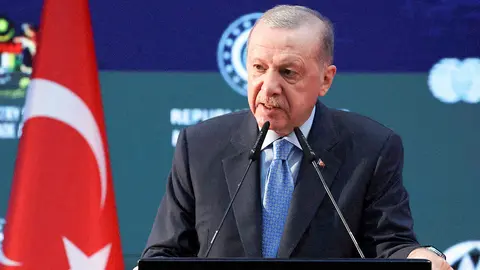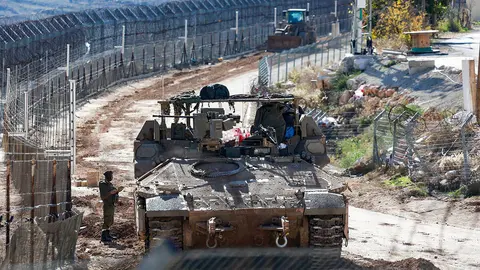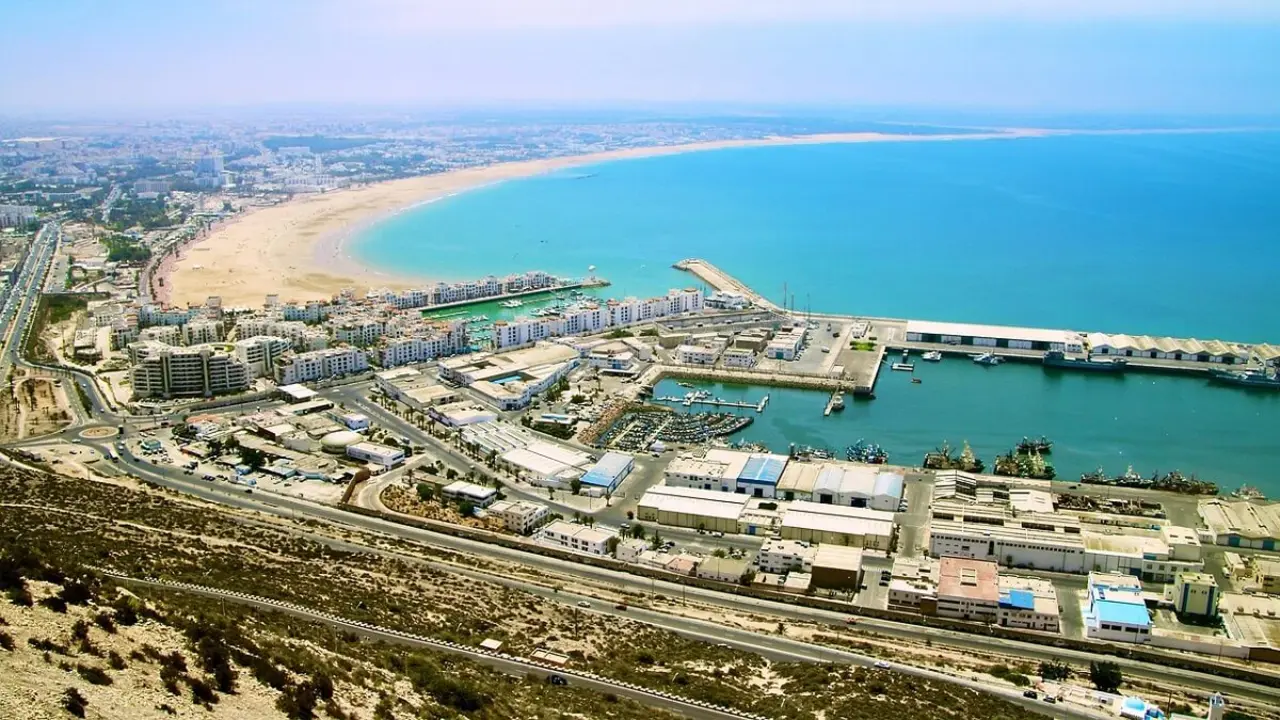Damascus pushes for wage and pension increases
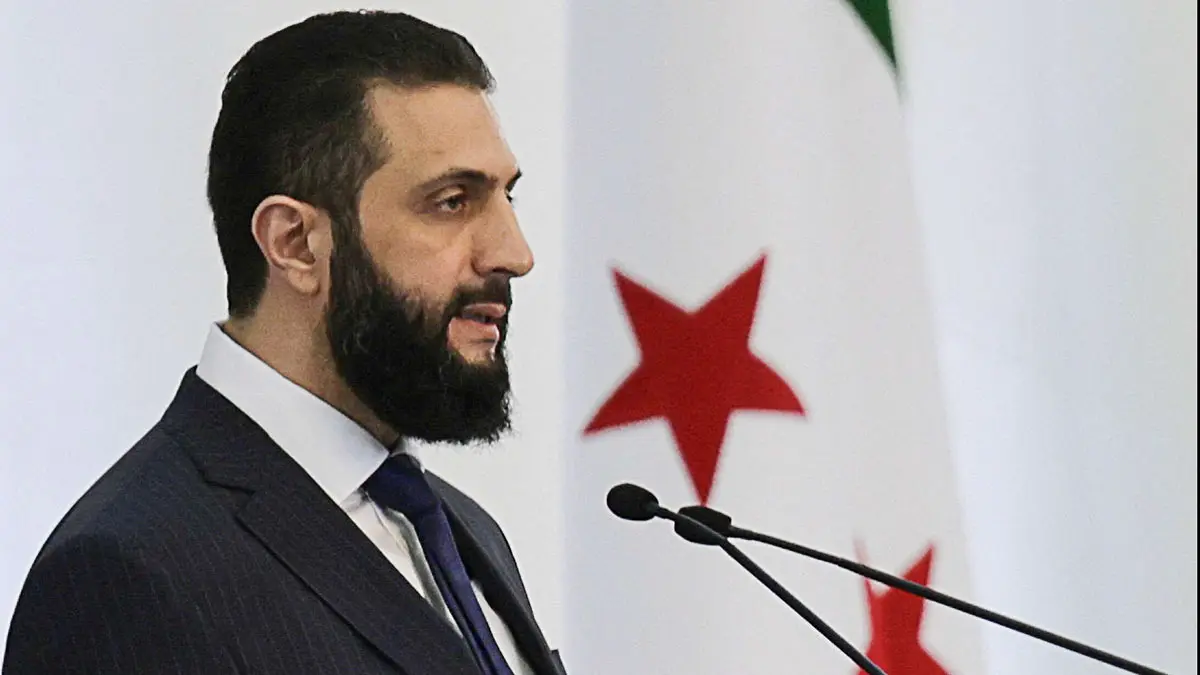
Syrian President Ahmad Al-Sharaa signed Decree No. 102 of 2025, which increases public sector salaries and pensions by 200%. The aim is to alleviate the difficult economic situation of a population that, according to the UN, lives mostly below the poverty line. However, this increase could negatively affect an economy that is already in a fragile state.
Context
The fall of Bashar Al-Assad's regime in December 2024 opened a new chapter for Syria, marked by hopes for a transition to democracy and the reconstruction of the country. However, the reality has been complex and challenging.
After 14 years of conflict, more than half of the population remains displaced, either within the country or abroad. According to the United Nations, 16.7 million Syrians – three out of four – are in need of humanitarian aid. Extreme poverty has risen dramatically, from 11% before the war to an alarming 66% today, while the overall poverty rate has tripled to 90%. The collapse of basic services such as health and education, the destruction of a third of homes, and the lack of employment for one in four workers are deepening the humanitarian and social crisis.
From an economic standpoint, recovery is a race against time. The United Nations Development Programme (UNDP) estimates that, at the current annual growth rate of 1.3%, it would take Syria more than five decades to return to pre-conflict levels. A full recovery would require an annual increase of around 14%. This requires not only political stability, but also profound reforms, institutional coordination, foreign investment and a robust reconstruction plan estimated at between 250 billion and 400 billion dollars.
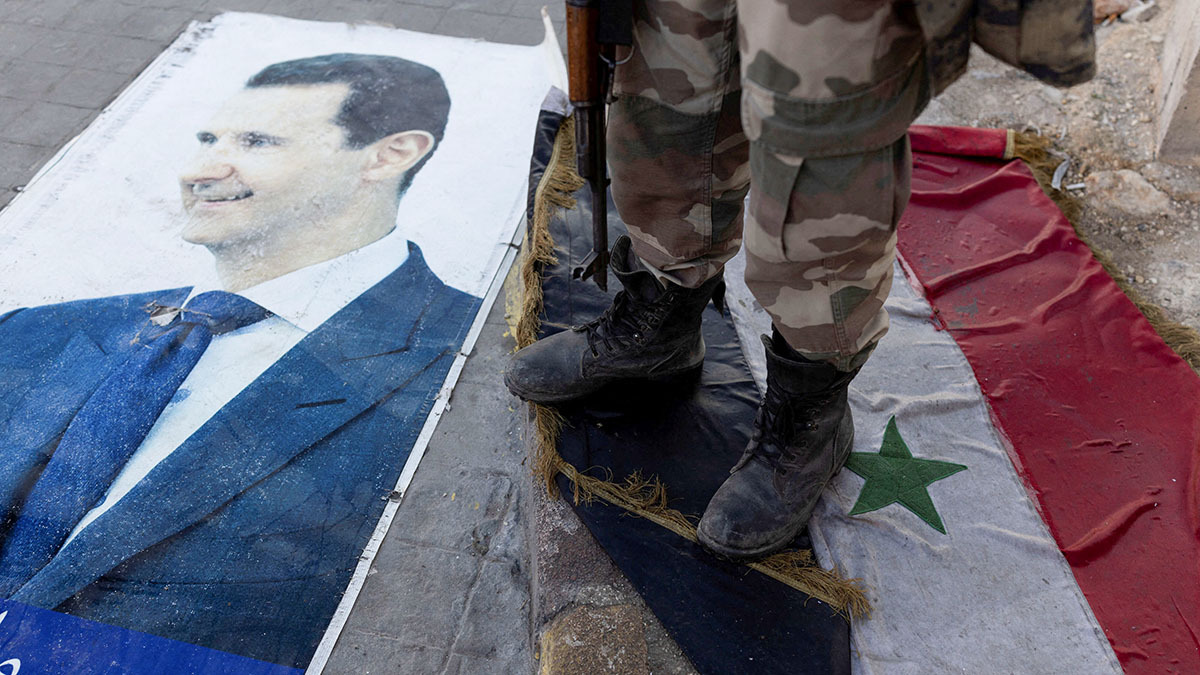
Salaries and pensions
On 21 June 2025, Syria's interim government, led by President Ahmad Al-Sharaa, issued a new decree establishing a 200% increase in salaries and pensions for public employees and pensioners. According to the presidential decree, the minimum monthly wage for public employees is increased to 750,000 Syrian pounds, about 75 dollars, tripling the previous amount, which was around 250,000 SYP (25 dollars).
Some reports indicate that the salary increase came after a reorganisation of ministries was completed, aimed at making the government's work more efficient and ensuring greater transparency. If this is correct, the increase could be part of a broader plan to reform the functioning of the state, after years of corruption and the existence of thousands of ‘ghost employees’ - people who received salaries without doing any work, a common practice under the Al-Assad regime. In fact, it is estimated that up to 400,000 fictitious names are being removed from government payrolls.
It could be argued that this reform also represents an effort by the transitional government to improve the living conditions of citizens and strengthen the legitimacy of the executive branch.
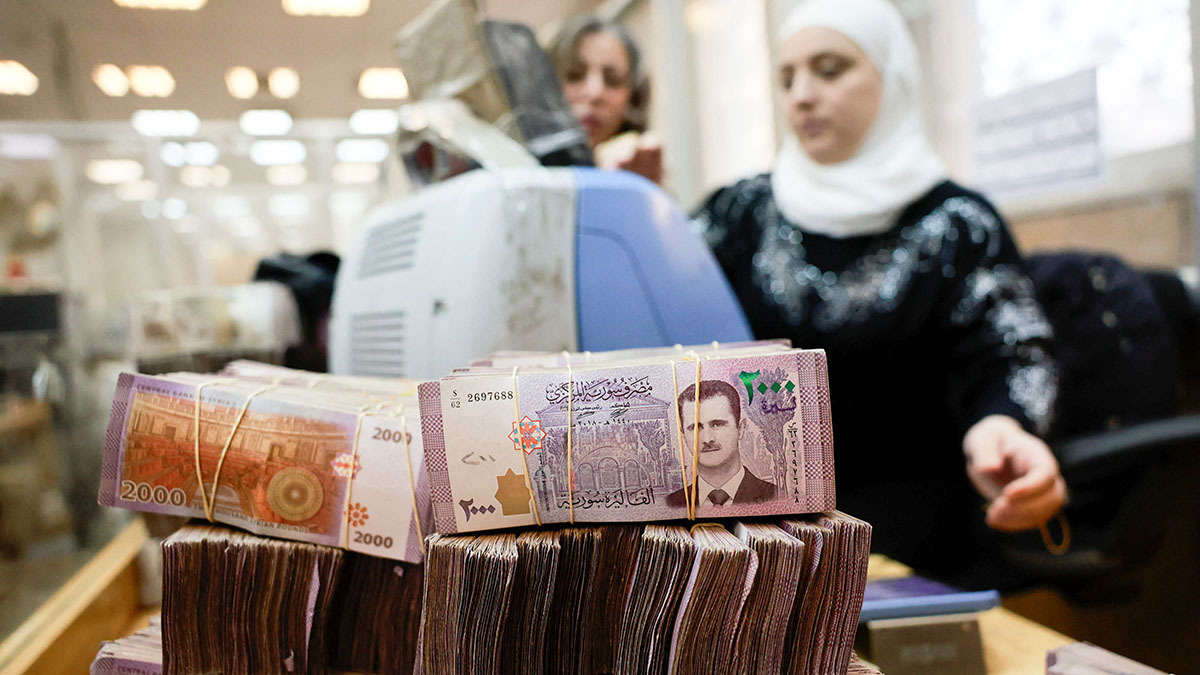
Financing
In May, Syrian Finance Minister Mohamed Barnieh announced that Qatar would contribute to the payment of certain public sector salaries. The agreement, which could be extended, provided for monthly aid of 29 million dollars for three months to cover ‘salaries in the health, education, social affairs and non-military pension sectors,’ according to reports. Barnieh indicated that the aid would be managed by the UNDP and would cover approximately one-fifth of current salaries and wages.
To finance this increase, the government plans to use state budget revenues, financial assistance from countries in the region, new international investments, and the release of Syrian assets frozen abroad after the fall of the previous regime.
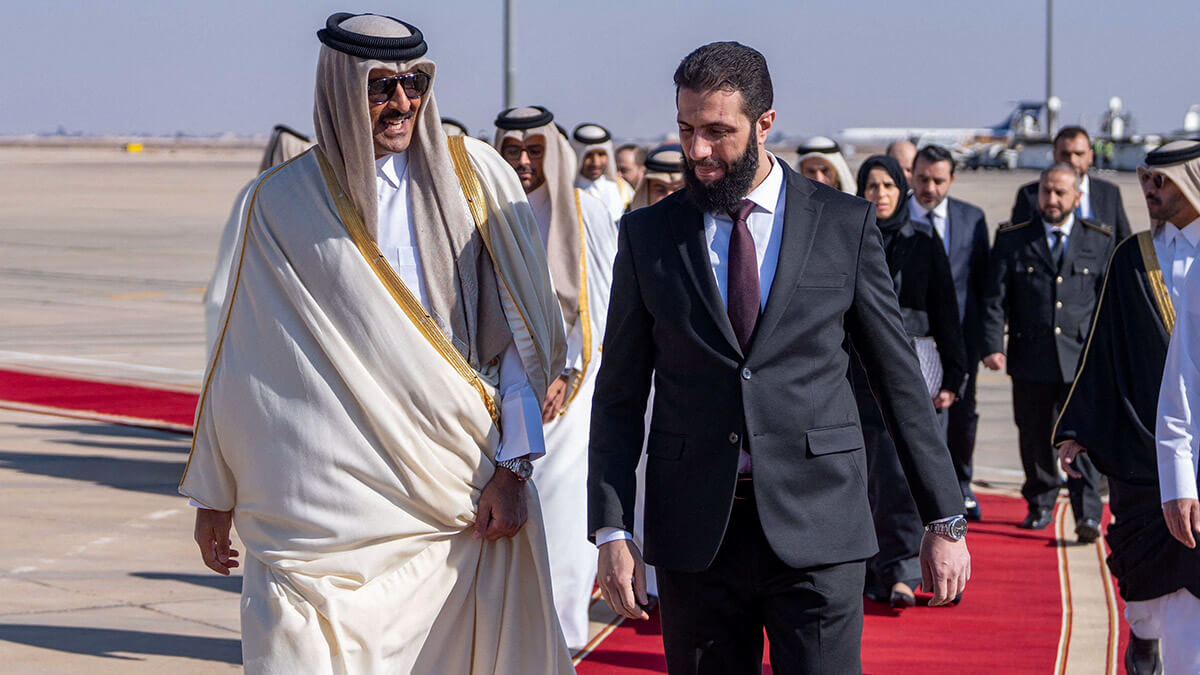
Risks and concerns
Even with objectives that can be considered legitimate, there are growing concerns, especially about such financing and its potential impact on the country's already worsening economic crisis.
Injecting more money into the economy without adequate productive backing often translates into widespread price increases. Therefore, if the wage increase is not accompanied by real growth in production and an improvement in the supply of goods and services, a new wave of inflation could be unleashed.
The financial sustainability of these increases is also uncertain. The public budget faces large deficits, and foreign investment remains low due to Western sanctions. International aid, although significant, does not represent a definitive solution for the country. Therefore, the financing of these increases will depend on the state's ability to manage its resources amid these constraints.
Added to this are the structural difficulties of the Syrian economy. Local production remains weak, there is a shortage of liquidity, exports have fallen sharply, and political and territorial instability limits investment and the development of key sectors. Infrastructure, damaged after years of conflict, remains poor, while a shortage of skilled labour and limited access to energy resources hamper economic recovery. In addition, the Syrian pound remains highly unstable and devalued, with a parallel market in which foreign currencies such as the US dollar or Turkish lira are used in some regions, further complicating monetary policy.
Another risk that could arise is a widening gap between public sector employees and private sector workers, who will not receive equivalent pay rises. This inequality could push up the price of private sector-dependent goods and services.

